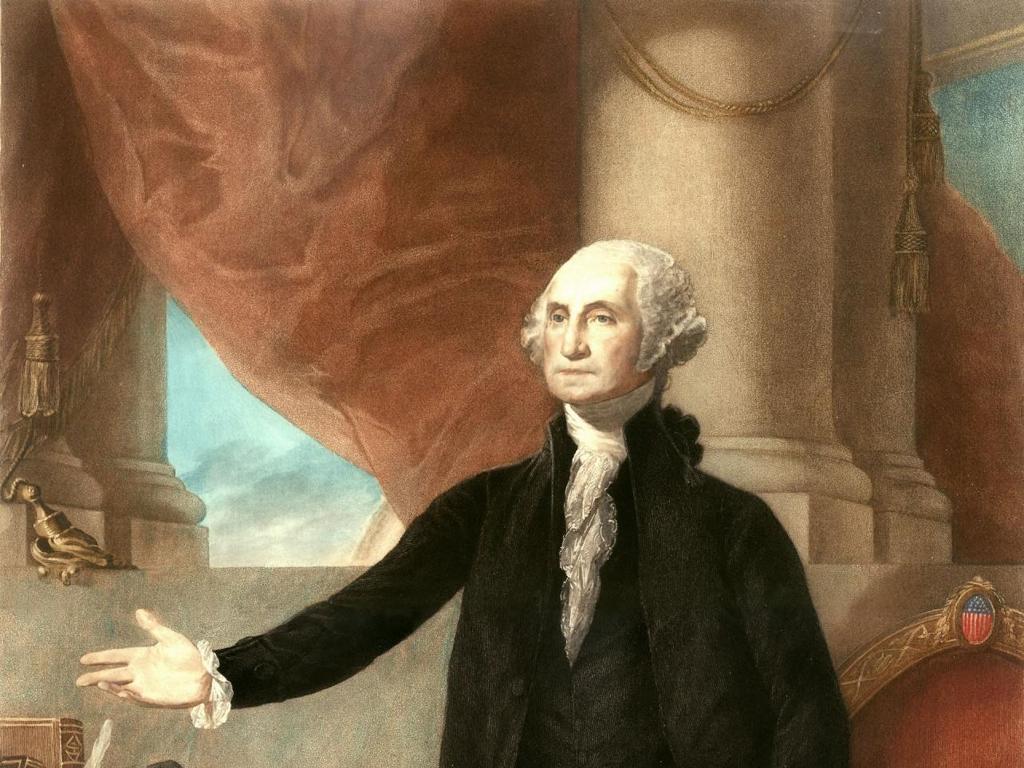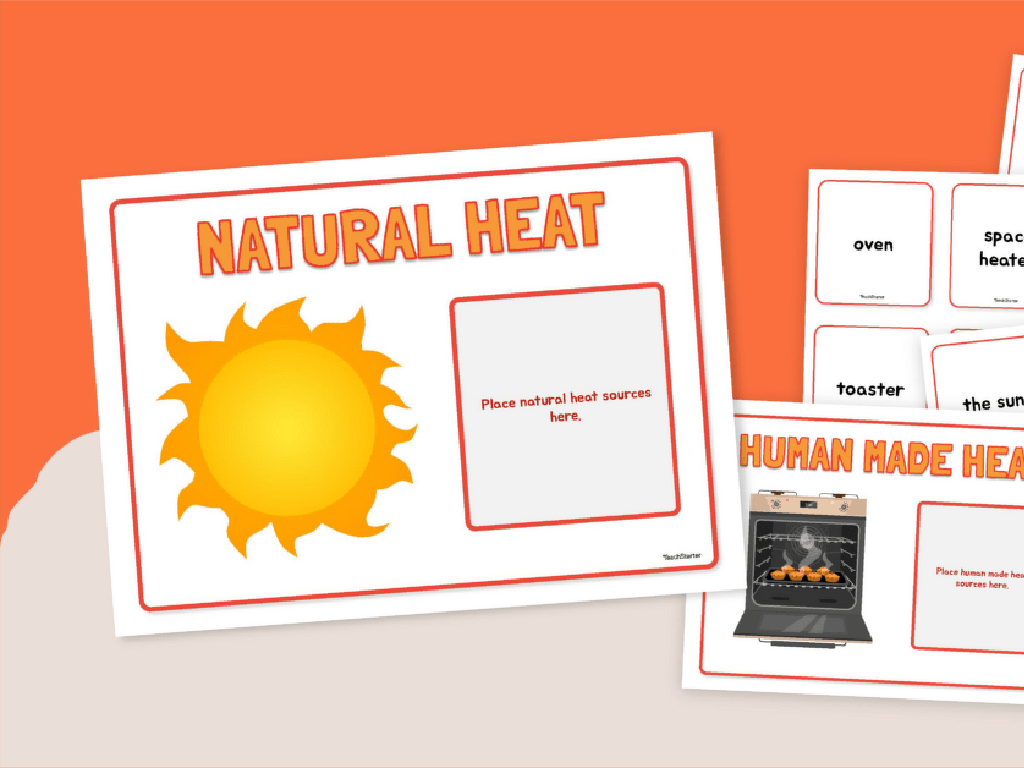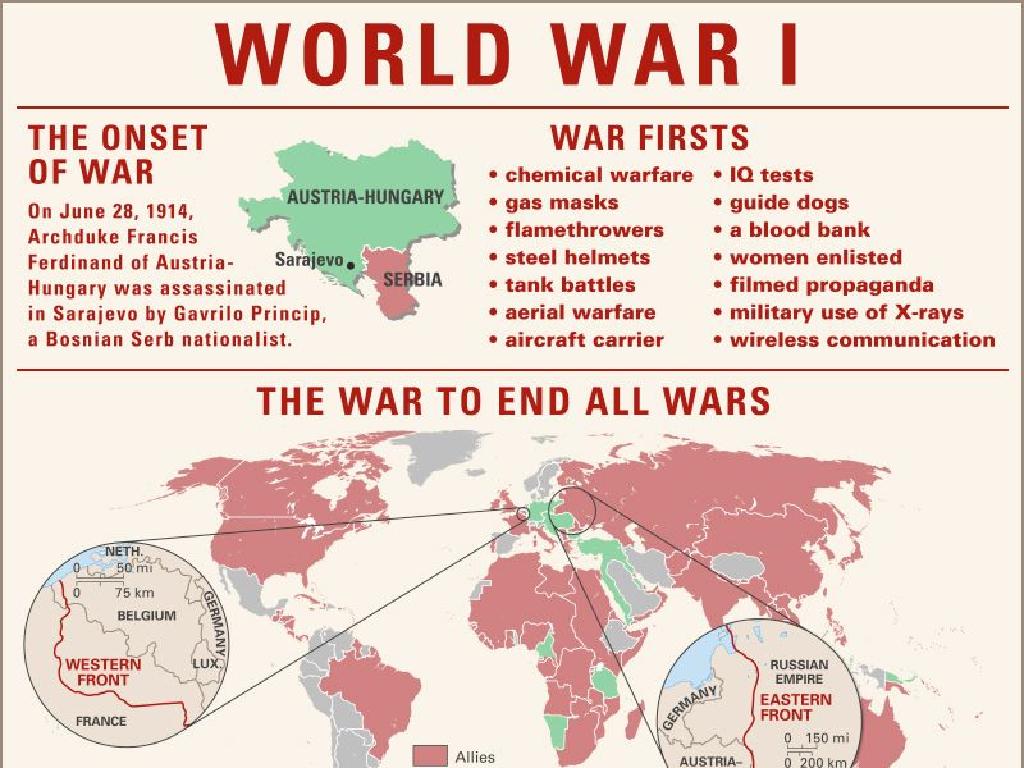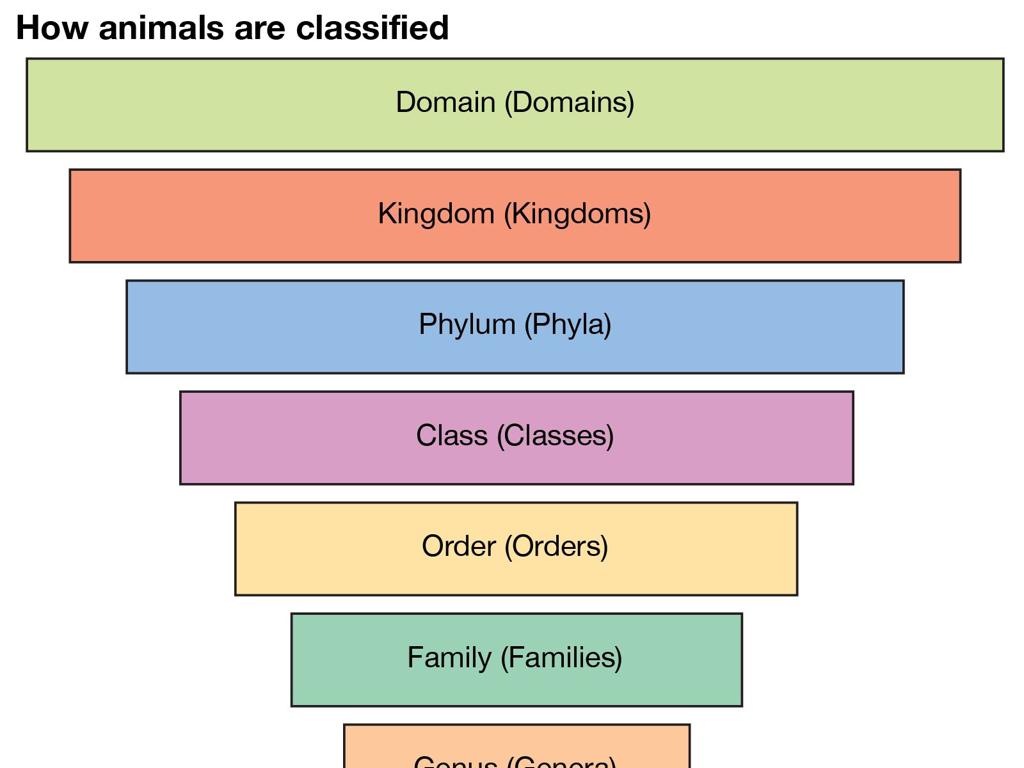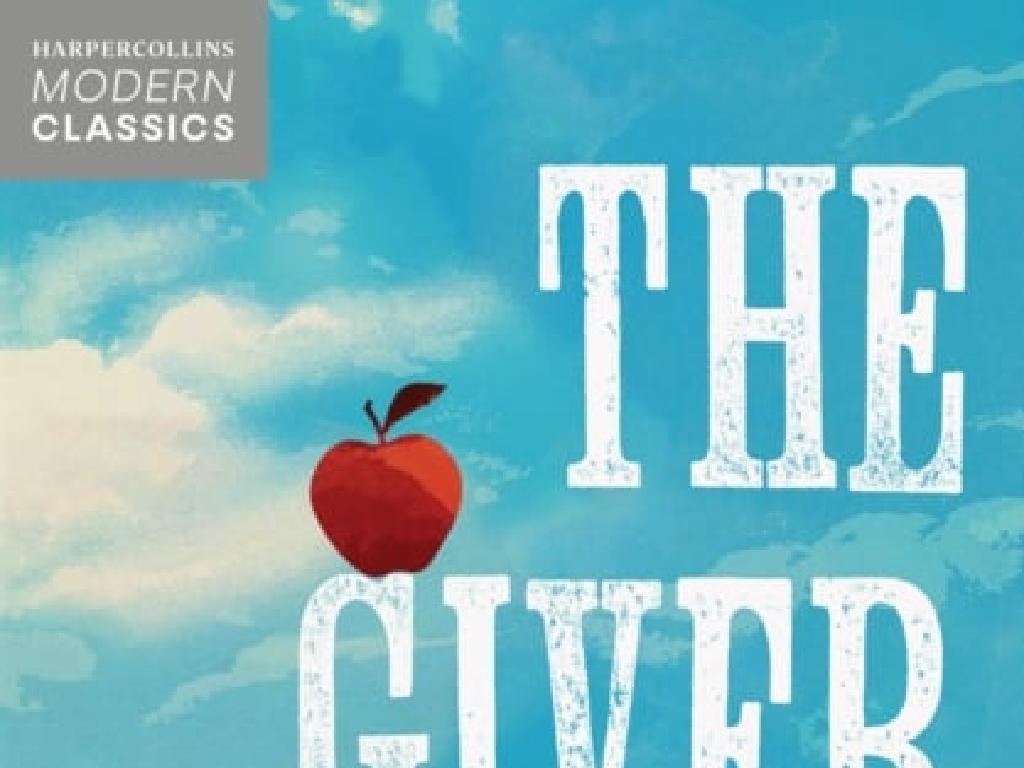Classify Objects By Material
Subject: Science
Grade: Kindergarten
Topic: Materials
Please LOG IN to download the presentation. Access is available to registered users only.
View More Content
Welcome to Materials!
– Learning about materials
– Discover objects’ materials
– Look around, what do you see? Is it wood, plastic, or metal?
– Materials make up objects
– Everything is made from a material like cloth, glass, or paper.
– Fun material examples
– Let’s think about our toys! Are they soft like cotton or hard like plastic?
|
This slide introduces the concept of materials to Kindergarten students. Begin by explaining that materials are what everything around us is made from. Encourage the children to touch and feel different objects to understand the concept of materials. Use familiar examples, such as toys, to illustrate the idea that objects can be made from various materials like plastic, wood, or metal. Ask the students to identify the material of items they use daily, like their lunch box or pencil, to make the learning process interactive and engaging. The goal is to make them aware of the different materials in their environment and understand that these materials have different properties.
Exploring Materials Around Us
– What is a material?
– Everything is made from materials
– Materials make objects
– Different objects, different materials
– Common materials we use
– Wood, Plastic, Metal, Glass, Fabric
– Examples: Wood, Plastic
– Chairs from wood, toys from plastic
|
This slide introduces the concept of materials to Kindergarten students. Begin by explaining that a material is what everything is made from. Show them everyday objects and discuss what materials they are made of. Use simple examples like a wooden chair or a plastic toy to make it relatable. Encourage the students to touch and feel objects to understand the different textures and properties of each material. This tactile experience will help them remember the materials better. The goal is to make them aware of the various materials that make up the objects they use daily.
Exploring Materials
– Materials feel different
– Some are hard, like a rock, and some are soft, like a cotton ball.
– Materials look different
– Some materials are shiny like a mirror, others are dull like cardboard.
– Use senses to explore
– Touch, see, and even hear the differences in materials.
– Class activity: Material Hunt
|
This slide introduces the concept of materials and their properties to Kindergarten students. Start by discussing how materials can feel different by passing around objects like a rock (hard) and a cotton ball (soft) for them to touch. Then, show them shiny and dull objects to illustrate how materials can look different. Encourage the students to use their senses to explore and understand the world around them. For the class activity ‘Material Hunt,’ prepare a collection of objects made of different materials and have the students sort them based on how they feel and look. This hands-on activity will help reinforce their understanding of material properties.
Learning About Wood
– Wood is from trees
– Used for toys and furniture
– Examples: wooden blocks, chairs
– Wood is hard
– It feels smooth or rough
– Touch and feel wood samples
|
This slide introduces children to the material ‘wood’ and its properties. Start by explaining that wood comes from trees, which they may see every day. Show them examples of items made from wood, like toys and furniture, to make the concept relatable. Discuss the texture of wood, explaining that it can be hard and either smooth or rough to the touch. If possible, provide wood samples for the children to touch and feel the difference between smooth and rough textures. Encourage them to think of other wooden objects they know. This tactile experience will help reinforce the concept of wood as a material and its common uses.
Exploring Metals
– Metals are hard materials
– Metals have a shiny surface
– Common metal objects
– Cars, cans, and coins are made of metal
– Metals can be heavy
|
This slide introduces the material ‘metal’ to Kindergarten students. Emphasize the physical properties of metals, such as being hard and shiny, which can be related to objects they are familiar with, like cars, cans, and coins. Explain that metal is a material that is often used to make things because it is very strong. You can bring in a metal object for the class to touch and feel, helping them understand the concept of ‘heavy’ as compared to other materials. Encourage the children to think of other metal objects they know and discuss why metal might be a good material for making those items.
Learning About Plastic
– Plastic in everyday items
– Toys, bottles, and bags are often made of plastic.
– Plastic’s different textures
– Some plastics are hard, while others are bendy.
– Plastic’s many colors
– Plastic can be any color, like red, blue, or green.
|
This slide introduces the material ‘plastic’ to Kindergarten students. Start by showing them common plastic items such as toys, water bottles, and bags to help them recognize the material in their daily lives. Explain that plastic can feel different to touch; some are hard like a water bottle, while others are flexible like a grocery bag. Highlight that plastic comes in a variety of colors and can be found in all the colors of the rainbow. Encourage the children to bring a plastic item from home and discuss its properties, such as texture and color, to reinforce the concept.
Exploring Materials: Glass and Fabric
– Glass: used for windows and cups
– Glass is hard and breaks easily
– Think of a glass cup, it’s smooth but fragile
– Fabric: used for clothes and curtains
– Fabric is soft, from plants or animals
– Cotton is a fabric from the cotton plant
|
This slide introduces the children to two common materials: glass and fabric. Explain that glass is a hard material that is used to make things like windows and cups, but it needs to be handled carefully because it can break. For fabric, discuss how it is a soft material used to make clothes and curtains, and it can come from plants like cotton or from animals like wool from sheep. Show them examples of both materials and let them touch and feel items made from glass and fabric to understand the difference. Encourage the children to think of other objects made from glass and fabric in their homes.
Classifying Materials by Type
– Group objects by material
– Wood: natural and sturdy
– Examples: table, chair, treehouse
– Metal: shiny and strong
– Examples: spoon, car, robot
– Plastic: light and colorful
– Examples: toys, bottles, plates
– Glass and Fabric: fragile and soft
– Glass: window, vase. Fabric: clothes, teddy bear
|
This slide introduces the concept of classifying objects based on the materials they are made from. Explain that materials are what things are made of, and we can sort them into groups. Wood comes from trees and is used to make things like furniture. Metal is a strong material that can be found in kitchen utensils and vehicles. Plastic is often used for toys because it’s lightweight and can be made in many colors. Glass is used for windows and is see-through, while fabric is used for making clothes and is soft to touch. Encourage the children to think of more examples and bring objects from home to classify in class.
Class Activity: Sorting Materials
– Group objects by material
– Choose an object and name the material
– Is it made of plastic, wood, metal, or fabric?
– Work together to classify correctly
– Have fun discovering materials!
– Let’s learn and play at the same time!
|
This activity is designed to help Kindergarten students understand the concept of classification by material. Set up stations with a variety of objects made from different materials such as plastic, wood, metal, and fabric. Allow each student to pick one object and discuss with the class what material it is made from. Guide them to place the object in the correct group. Reinforce learning by asking questions about the properties of the materials. Possible activities for different students could include sorting toys, classroom items, or pictures of items if physical objects are not available. The goal is to make the learning process interactive and enjoyable, while ensuring that each student participates and grasitates the concept of different materials.

